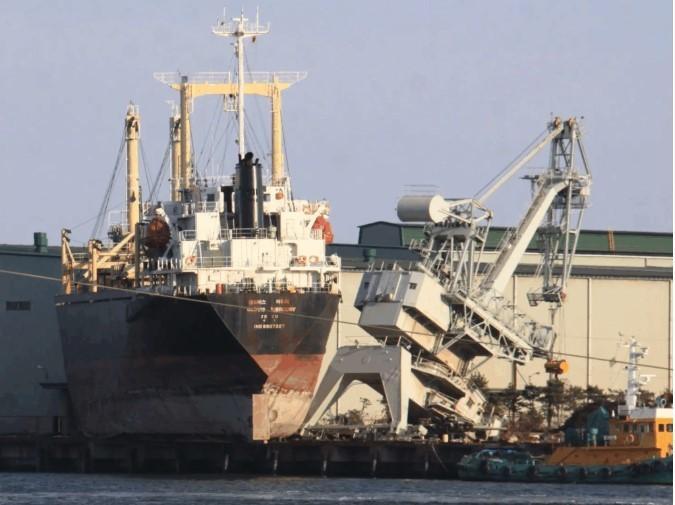
How Does Japan Earthquake-Proof Itself?
Japan is no stranger to seismic activity. Located on the Pacific Ring of Fire, it’s home to over 1,500 active volcanoes and is prone to devastating earthquakes. But instead of being crippled by these natural disasters, Japan has turned its vulnerability into strength. With a combination of cutting-edge technology, rigorous building codes, and community engagement, Japan has become the ultimate model for surviving the worst that nature can deliver.
One of the key reasons for Japan’s earthquake-proofing success is its world-leading building codes. The country’s stringent regulations require structures to be designed and constructed to withstand powerful earthquakes, with a focus on flexibility and seismic resistance. This means that buildings are designed to absorb the energy of an earthquake, rather than collapsing or crumbling under the force.
In addition to building codes, Japan has also developed lightning-fast early warning systems. The Japan Meteorological Agency (JMA) uses a network of seismic monitoring stations and advanced computer algorithms to detect the early signs of an earthquake. This allows for swift and accurate warnings to be issued, giving people precious minutes or even seconds to seek safety.
But early warnings are only half the battle. Japan also places a strong emphasis on public education and community engagement. Regular drills and evacuation exercises are conducted nationwide, ensuring that everyone knows what to do in the event of an earthquake. This includes knowing how to safely exit buildings, how to communicate with loved ones, and how to respond to emergency situations.
Another crucial aspect of Japan’s earthquake-proofing strategy is its dramatic coastal defenses. The country’s coastline is constantly being updated and reinforced with state-of-the-art seawalls, breakwaters, and other protective structures. This helps to mitigate the impact of tsunamis and other coastal hazards, saving lives and property.
Smart retrofitting is also a key component of Japan’s earthquake-proofing efforts. The government has implemented programs to retrofit existing infrastructure, such as schools, hospitals, and critical infrastructure like power plants and water treatment facilities. This involves upgrading buildings to meet modern seismic standards, as well as installing advanced seismic sensors and monitoring systems.
State-of-the-art seismic tracking is another area where Japan excels. The country has developed a sophisticated network of seismic monitoring stations, which provide real-time data on earthquake activity. This allows scientists and emergency responders to quickly respond to earthquakes, issuing accurate warnings and coordinating rescue efforts.
But Japan’s earthquake-proofing strategy doesn’t stop there. The country has also implemented a number of innovative technologies to help mitigate the impact of earthquakes. For example, some buildings are equipped with advanced seismic dampers, which help to absorb the energy of an earthquake and reduce the risk of damage. Others feature advanced materials and designs that allow them to flex and adapt to seismic activity.
Unified emergency teams are also a critical component of Japan’s earthquake-proofing efforts. The country has developed a robust system of emergency response, with teams of trained responders and medical personnel stationed across the country. This ensures that help is always just minutes away in the event of an emergency.
So, what can we learn from Japan’s earthquake-proofing strategy? The country’s approach is a masterclass in resilience, demonstrating the importance of preparation, community engagement, and cutting-edge technology. By investing in rigorous building codes, advanced early warning systems, and smart retrofitting, Japan has turned its seismic vulnerability into a unique strength.
As the world grapples with the increasing frequency and severity of natural disasters, Japan’s approach serves as a valuable lesson in the importance of preparedness and resilience. By learning from Japan’s experience, we can work towards creating a safer, more sustainable future for all.
Source: https://www.breezyscroll.com/breezy-explainer/how-japan-earthquake-proofs-itself-lessons/




